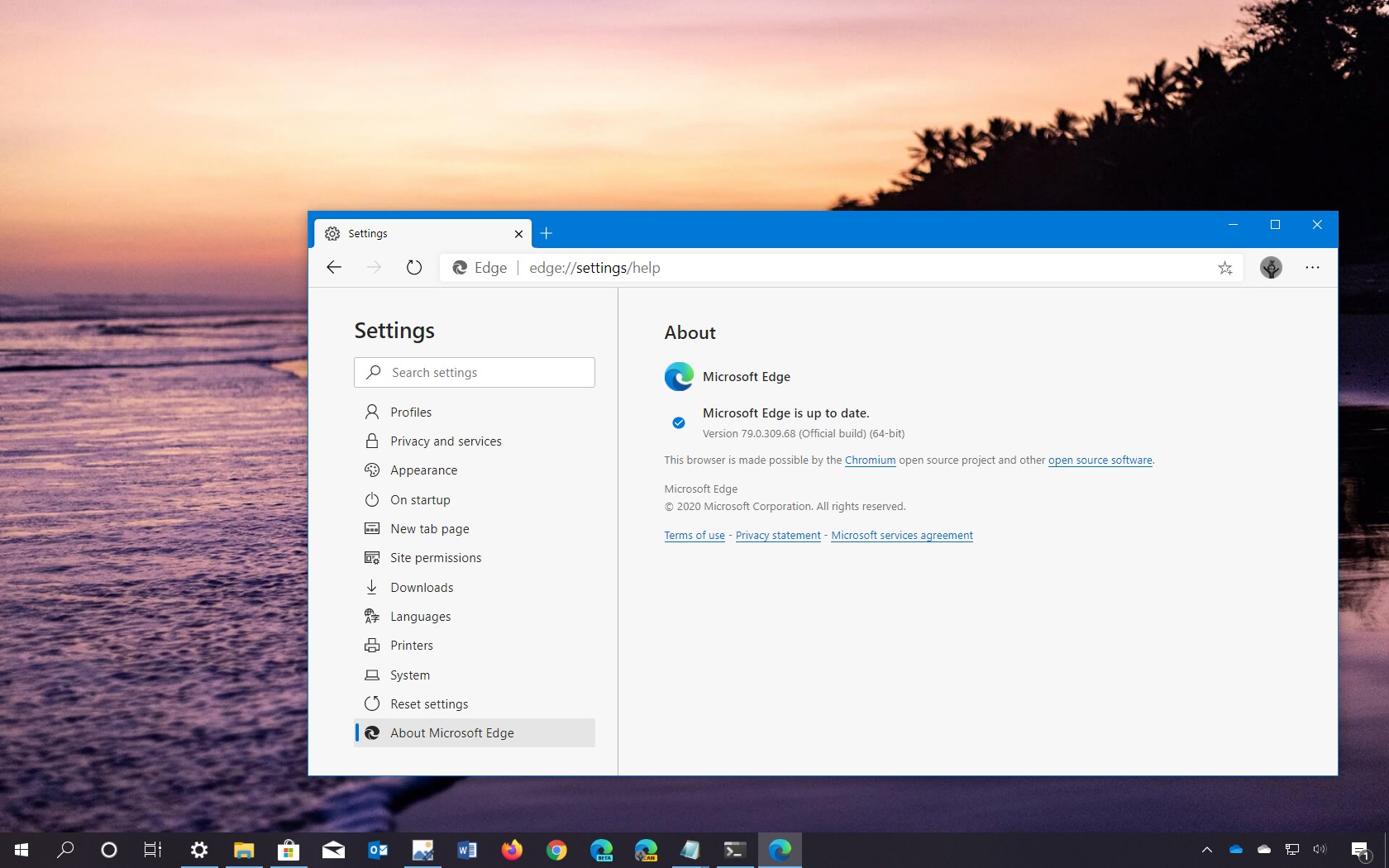

You can target different policy settings to specific OUs, or use WMI filters to apply settings only to users or computers returned by a particular query. This approach lets you manage policy settings globally. You can use Active Directory group policy to configure Microsoft Edge policy settings if you prefer to manage policy at the domain level. Alternatively, add these rules and settings to the Policy Definition template folder on individual computers and then configure the specific policies you want to set. To configure Microsoft Edge with group policy objects, install administrative templates that add rules and settings for Microsoft Edge to the group policy Central Store in your Active Directory domain.

Introduction to policy settings on Windows This article applies to Microsoft Edge version 77 or later.


 0 kommentar(er)
0 kommentar(er)
